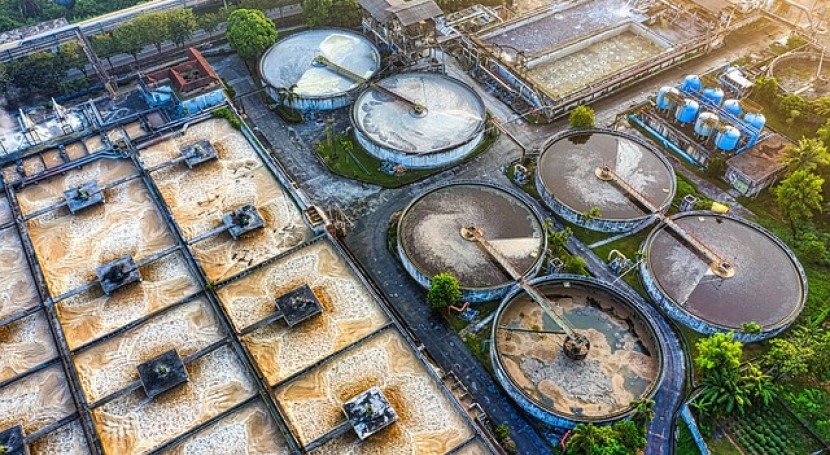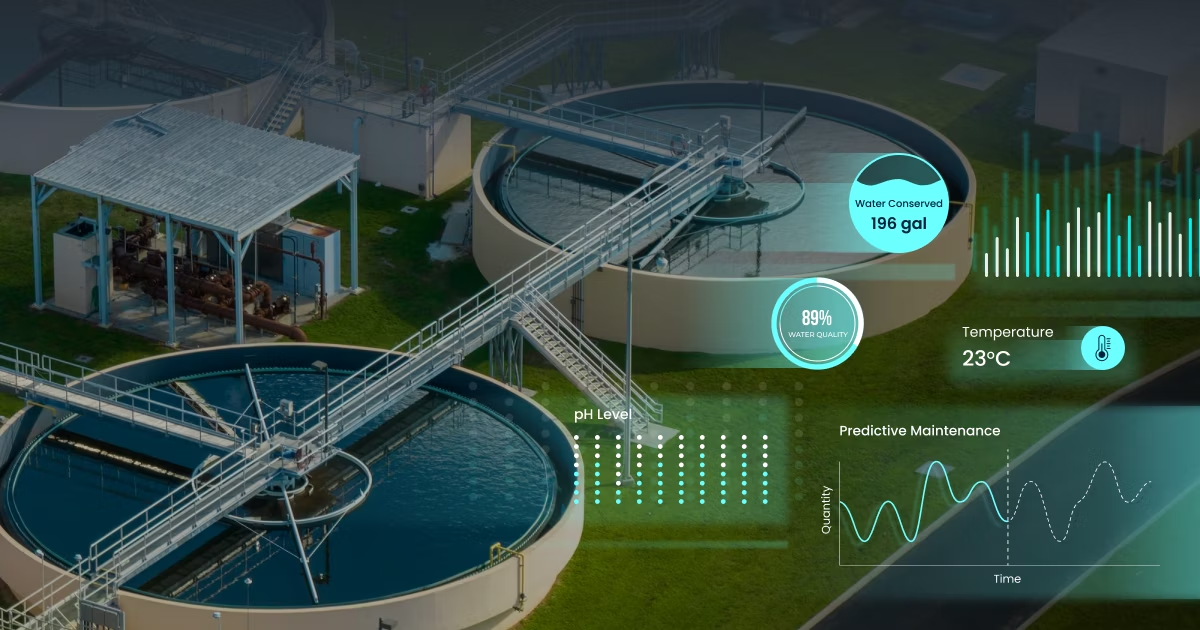The Importance of Treatment Plant Monitoring in Water and Wastewater Management
Water, the elixir of life, sustains our planet and all its inhabitants. Yet, as our global population surges, the demand for clean water is escalating at an unprecedented rate. In response to this critical need, the implementation of efficient water and wastewater management systems has become indispensable. Among the myriad components that make these systems function seamlessly, treatment plant monitoring stands out as a silent yet powerful guardian, ensuring the quality of water and safeguarding our precious environment. In this exploration, we will delve deeper into the multifaceted significance of treatment plant monitoring in the realm of water and wastewater management.
Quality Assurance and Environmental Protection
Treatment plant monitoring acts as the vigilant gatekeeper, the first line of defense in maintaining water quality. Imagine it as a meticulous inspector continuously assessing and analyzing various parameters—pH levels, chemical composition, and microbial content. These watchful eyes enable treatment plants to identify deviations from the norm in real time, triggering immediate corrective actions. The outcome? Only water of the highest quality enters our distribution systems, reaching homes and communities in a state fit for consumption and sustenance.
Equally pivotal is the role of treatment plant monitoring in safeguarding our environment through wastewater treatment. As treatment plants diligently process wastewater, monitoring the effluents released becomes paramount. This monitoring prevents the discharge of harmful pollutants into our rivers, lakes, and oceans. The careful management of wastewater not only preserves aquatic ecosystems but also shields the health of marine life and the communities that depend on these vital water bodies for their well-being.

Resource Conservation
Effective treatment plant monitoring goes beyond quality assurance; it optimizes resources, including water itself. By precisely measuring consumption patterns and identifying areas of excessive use or waste, water authorities can implement targeted conservation strategies. This not only ensures the sustainability of water sources but also becomes a lifeline for regions facing drought and other environmental challenges, mitigating the impact of water scarcity through informed and strategic resource management.
Compliance with Regulations
In the intricate web of environmental regulations governing the operation of water and wastewater treatment plants, regular monitoring emerges as the compass steering these facilities to compliance. Stringent adherence to established standards not only avoids legal repercussions and fines but also fosters public trust. Communities can rest assured that their water supply meets all necessary health and environmental standards, building confidence in the systems that sustain their lives.
Conclusion
Treatment plant monitoring emerges as the linchpin of effective water and wastewater management—an unseen hero in the narrative of environmental stewardship. Its multifaceted role in ensuring water quality, protecting the environment, conserving resources, and maintaining regulatory compliance is foundational to our collective well-being. As we confront the challenges posed by a burgeoning global population and environmental uncertainties, investing in comprehensive treatment plant monitoring systems becomes not just a choice but an imperative step toward securing a sustainable and resilient future for our water resources. These unsung heroes work tirelessly, ensuring that the lifeline of water remains pure, and our environment thrives for generations to come.

